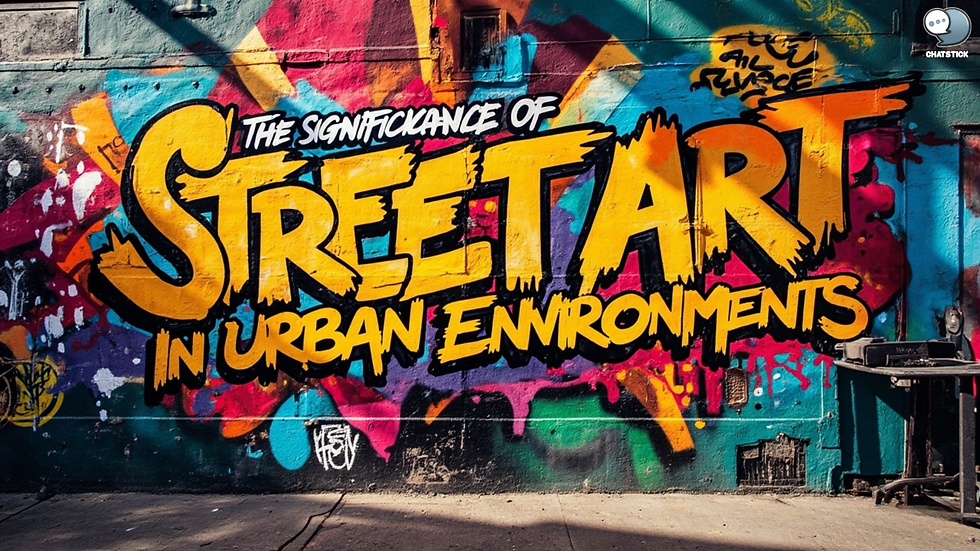The role of digital tools in traditional art forms
- ChatStick For Brand
- May 31, 2023
- 2 min read
The world of art has evolved drastically over the years, and one of the most significant changes has been the integration of digital tools in traditional art forms. With the advancement of technology, artists are now able to blend their creative abilities with digital tools to enhance and augment their traditional art forms, providing them with greater flexibility, precision, and efficiency.
The use of digital tools in traditional art forms has opened up new avenues for artists, enabling them to explore new techniques and styles that were previously impossible. For instance, digital art tools such as Adobe Photoshop, Corel Painter, and Sketchbook Pro have become increasingly popular among traditional artists as they provide them with endless possibilities to experiment with various colors, textures, and styles. With digital tools, artists can create art that is more realistic, detailed, and visually appealing, making their artwork stand out in today's competitive world.
One of the most significant advantages of using digital tools in traditional art forms is the ability to make changes and corrections quickly and easily. Unlike traditional art forms, where a single mistake can ruin an entire piece, digital tools enable artists to correct their mistakes without affecting the rest of the artwork. This not only saves time but also ensures that the final product is flawless.
Moreover, digital tools have made it easier for artists to share their work with a broader audience. With the rise of social media platforms such as Instagram, Twitter, and Facebook, artists can now showcase their work to millions of people worldwide. This has opened up new opportunities for artists, allowing them to reach a larger audience and expand their clientele.
In addition to this, digital tools have also made it easier for traditional artists to collaborate with other artists and designers. With the use of digital tools, artists can now share their work online and collaborate in real-time, regardless of their location. This has enabled artists to work together, exchange ideas, and create art that is truly unique and breathtaking.
Despite the numerous advantages of using digital tools in traditional art forms, some artists still prefer to stick to traditional methods. While digital tools provide a lot of benefits, they can also be a double-edged sword. Some artists argue that the use of digital tools can make art look too perfect and lose its emotional appeal. Others argue that digital tools can lead to a loss of authenticity, as they allow artists to create art that is not necessarily true to their style or technique.
In conclusion, the integration of digital tools in traditional art forms has revolutionized the art world. With digital tools, artists can explore new styles, techniques, and possibilities, making their art more realistic, detailed, and visually appealing. While some traditionalists may still prefer the old-fashioned way of doing things, it is clear that the use of digital tools in traditional art forms is here to stay, providing artists with greater flexibility, precision, and efficiency. #digitalart #traditionalart #artandtechnology #digitaltools #creativity #efficiency #artworld #artenthusiast #arteducation #artculture #artcommunity






Comments